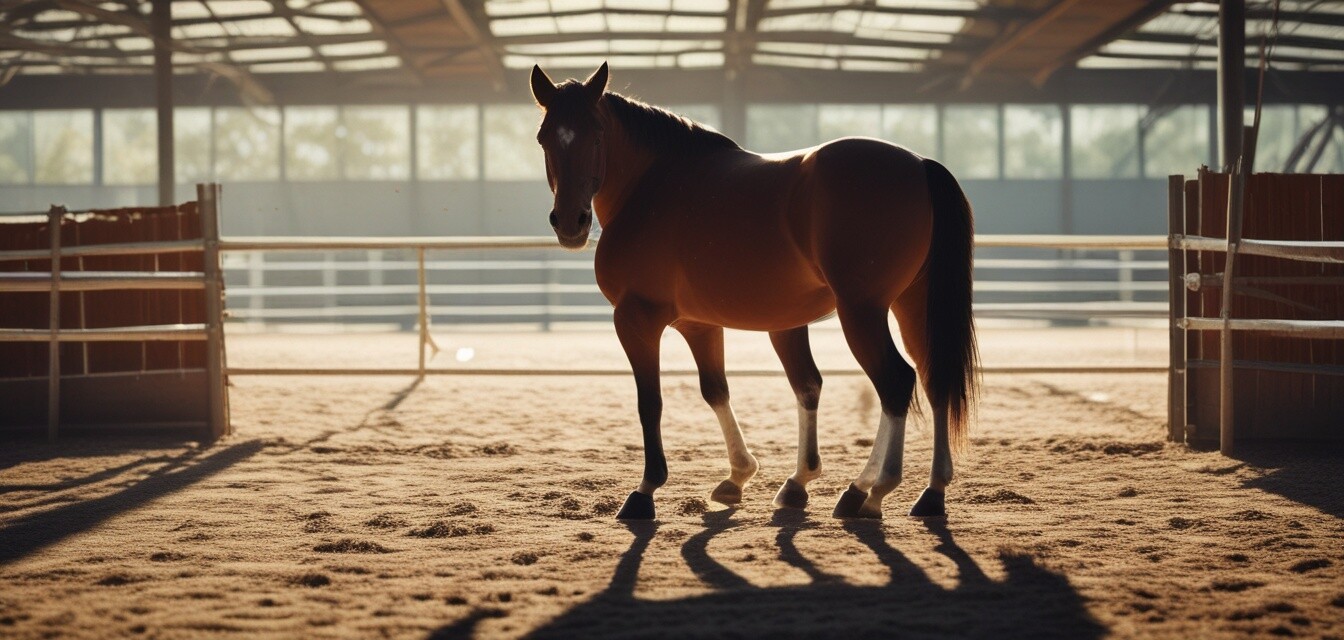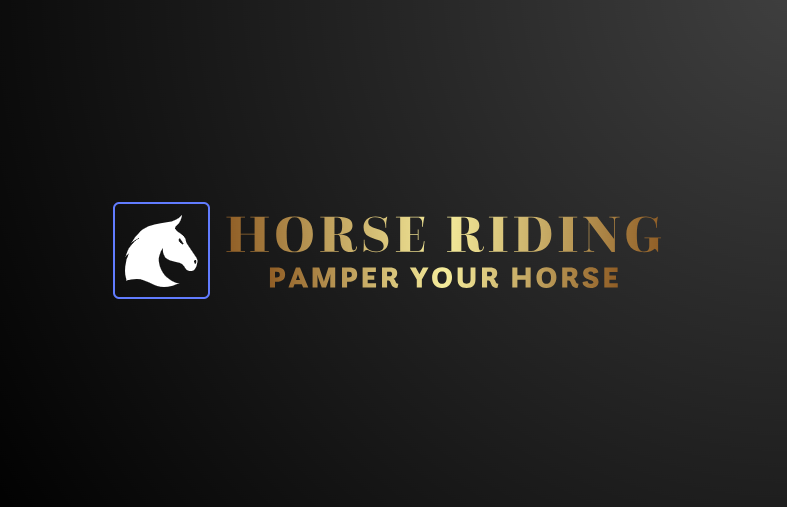
Techniques for Maintaining Contact with Your Horse
Key Takeaways
- Understanding contact is crucial for effective communication with your horse.
- Consistent body alignment helps in maintaining better contact.
- Developing a mutual trust enhances the riding experience.
- Regular practice and awareness of your horse's responses are essential.
- Using appropriate gear can aid in effective contact.
For any horse rider, mastering the art of maintaining contact with your horse is vital for a successful riding experience. The bond between rider and horse is a two-way street; both parties must communicate effectively for optimal performance. In this article, we will delve into various techniques that can help improve your contact with your horse while riding.
Understanding contact
Contact refers to the physical connection a rider has with their horse through reins, leg aids, and body position. This connection not only affects your horse’s performance but also enhances the overall riding experience. Here are some essential aspects to consider:
- Rein contact: Holding the reins correctly allows you to communicate your intentions and maintain control.
- Leg aids: Your legs can signal your horse to move forward or sideways, adjusting contact as necessary.
- Body position: Your alignment affects your balance and influence over the horse.
Body alignment for effective contact
Body alignment plays a crucial role in maintaining a secure and competent contact with your horse. Here are some tips to enhance your alignment:
- Maintain a straight back: A straight posture helps in better balance.
- Engage your core: This supports your stability, allowing you to communicate clearly with your horse.
- Relax your shoulders: Tension in your body can signal confusion to your horse.
Learning through practice
Consistent practice is key to improving your ability to maintain contact. The more you ride, the more comfortable both you and your horse will become with the communication methods used. Consider these practice techniques:
| Practice Method | Description |
|---|---|
| Groundwork | Engaging in groundwork helps establish trust and connection off the saddle. |
| Working on transitions | Practicing transitions between gaits can enhance communication during rides. |
| Consistent exercises | Incorporate exercises that require subtle movements to strengthen your contact with the horse. |
Building trust with your horse
Your horse's confidence in you is crucial when establishing contact. Here are ways to build that trust:
- Positive reinforcement: Rewarding your horse for good behavior creates a positive association.
- Consistent cues: Using the same signals will help your horse understand your intentions.
- Spend quality time: Building a connection during non-riding activities fosters trust.
Utilizing the right gear
Sometimes, the equipment you use can affect the quality of contact you maintain. Below are some important gear considerations:
Gear tips for maintaining contact
- Choose reins that suit your riding style.
- Ensure your saddle fits properly for optimal positioning.
- Select riding apparel that allows you to maintain freedom of movement.
Engaging with Your Horse During Rides
It’s crucial to remain engaged with your horse throughout your ride. Here’s how:
- Regular adjustments: Monitor your contact and make adjustments as needed.
- Read your horse’s body language: Understanding signs of tension or relaxation can prompt adjustments.
- Work on engagement: Ensuring that your horse is responsive to your cues is key to maintaining contact.
Pros
- Improved performance during riding.
- Strengthened bond between horse and rider.
- Enhanced understanding of your horse's needs.
Cons
- Requires consistent practice and patience.
- Potential for miscommunication if cues are unclear.
- Takes time to build trust and effective contact.
Conclusion
Maintaining contact with your horse while riding is a multifaceted skill. By focusing on body alignment, building trust, utilizing the right gear, and engaging consistently, you create a strong foundation for effective communication with your horse. For more tips on improving your riding skills, visit our Rider Tips and Advice blog category. Happy riding!
